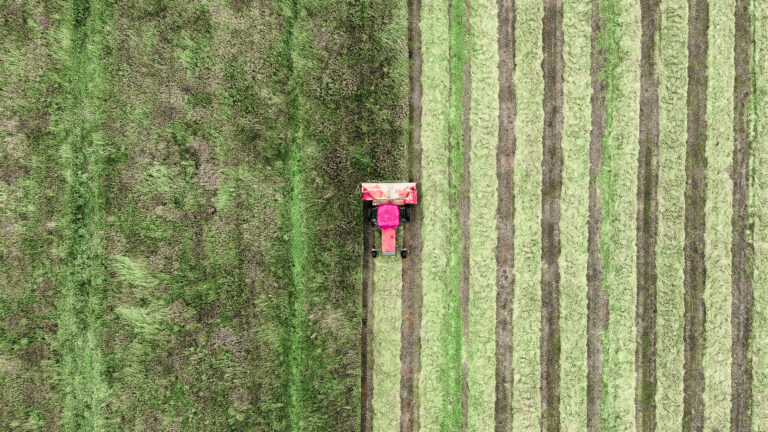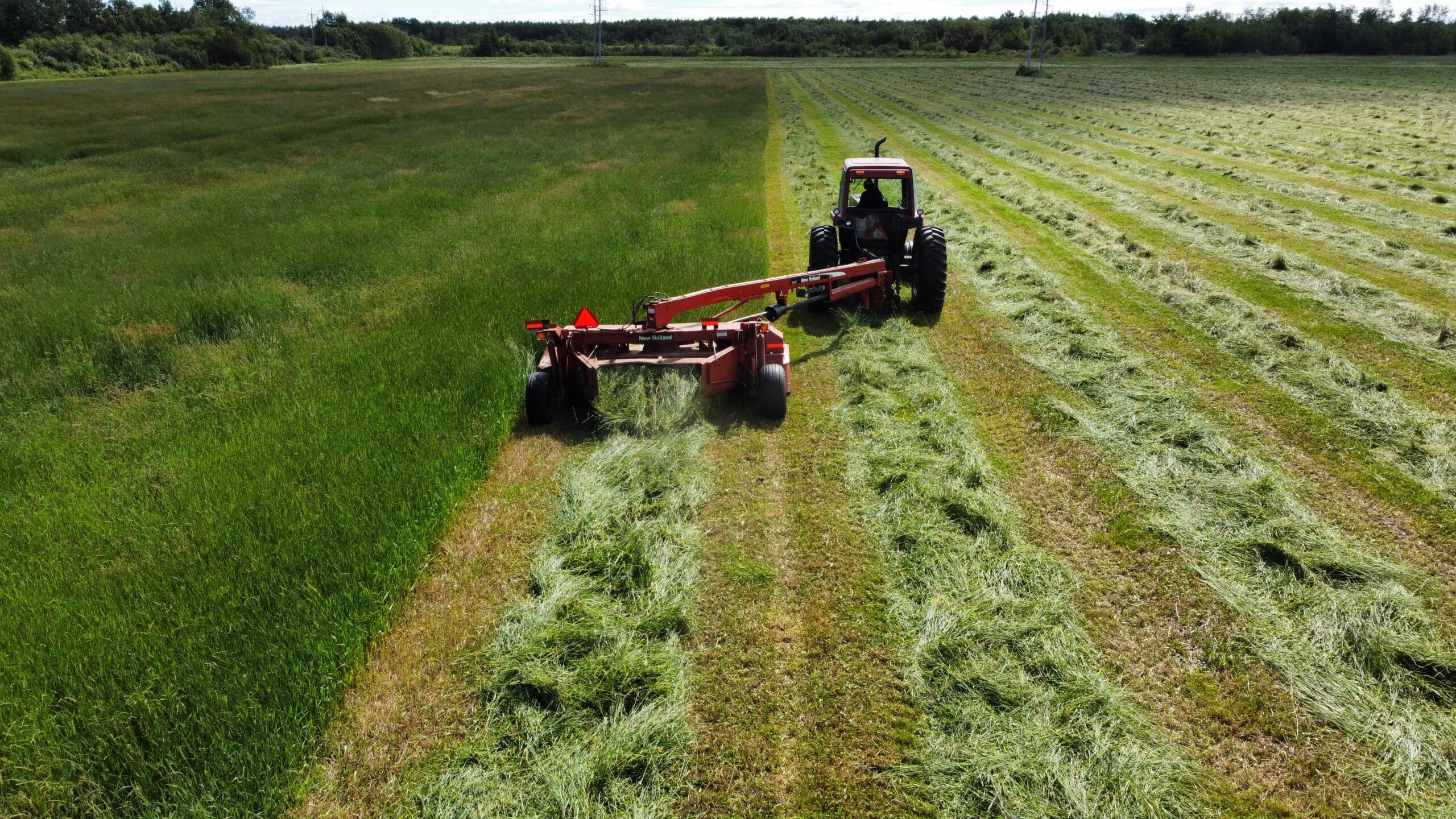Living off the land has its challenges. Especially when combined with harsh, northern weather and complete reliability on the elements for survival.
What is the definition of living off the land? For some, it may be sustainability and staying off the grid in terms of energy. For others, such as Bell’s Farms, living off the land means a complete reliability on the elements for financial survival.
Located in the rural Upper Peninsula of Michigan, just five miles south of the Canadian border, Bell’s Farms is a hay farm operated exclusively on the fields in Chippewa County, Michigan. Previously a 300 cow dairy farm, the family transitioned into hay farming in 2018, after challenges of the dairy industry made small scale dairy farming unsustainable. Owned by David and Tammy Bell, Bell’s Farm has been a family farm for over 50 years.
“Family farming is in our heritage,” David Bell states.

As the farm transitioned from a dairy operation to a hay farm – changes were made to increase efficiency and hay production. The Bell’s sold their round baler, and purchased a extra large square baler. This change separated the Bell’s product from all regional competitors. The square bales also increase efficiency for trucking to customers across the Midwest. An added benefit to the square bales is the increase in product use. Regardless of strength, any customer can grab a flake of the square bale hay without needed a pitchfork or large biceps that assist with round bale use.
“These square bales are designed for anyone to use.” Bell states. “The mixture is crafted for large animals and has been popular with everyone from equine facilities to small hobby farmers.”
Trucking costs of fuel and hay remain a major disadvantage for the rural farm. As these costs increase, the Bell’s have managed to retain clients due to the quality nature of their hay and personalized customer service. Horse ranches have become the largest client for the Bell’s hay. Horses need a specific blend of hay for premium performance, the Bell’s natural blend of grass, timothy and alfalfa fit equine dietary needs well.
One of the largest factors determine the Bells’ seasonal production of hay? Upper Peninsula weather. Surrounded by three of the five Great Lakes, summers often receive many rainy days due to lake-effectstorms. While the rain is needed, a mixture of too much rain and not enough heat or sun, will drastically slow hay production. Each hay season is met with many prayers for good weather and hay
Hay farming keeps the land sustainable for future generations. Hay from the Bells’ Farms feeds animals from across the Midwest – helping supply America’s food chain. The hard work and dedication devoted to their trade, ensures the Bell’s with have sustainable, high-producing farm land for year to come.

No responses yet